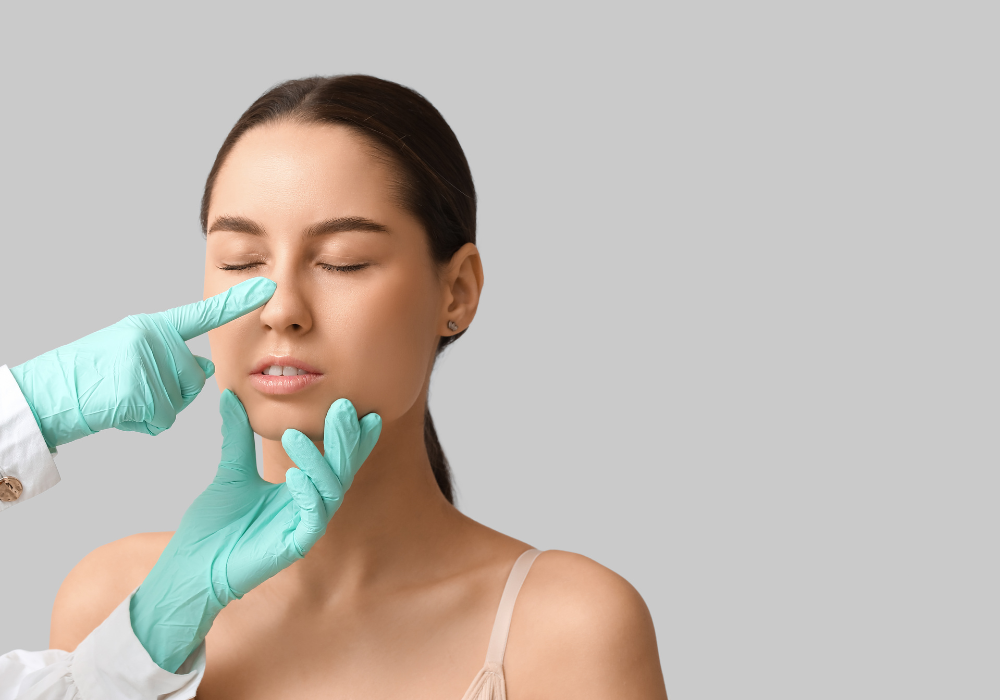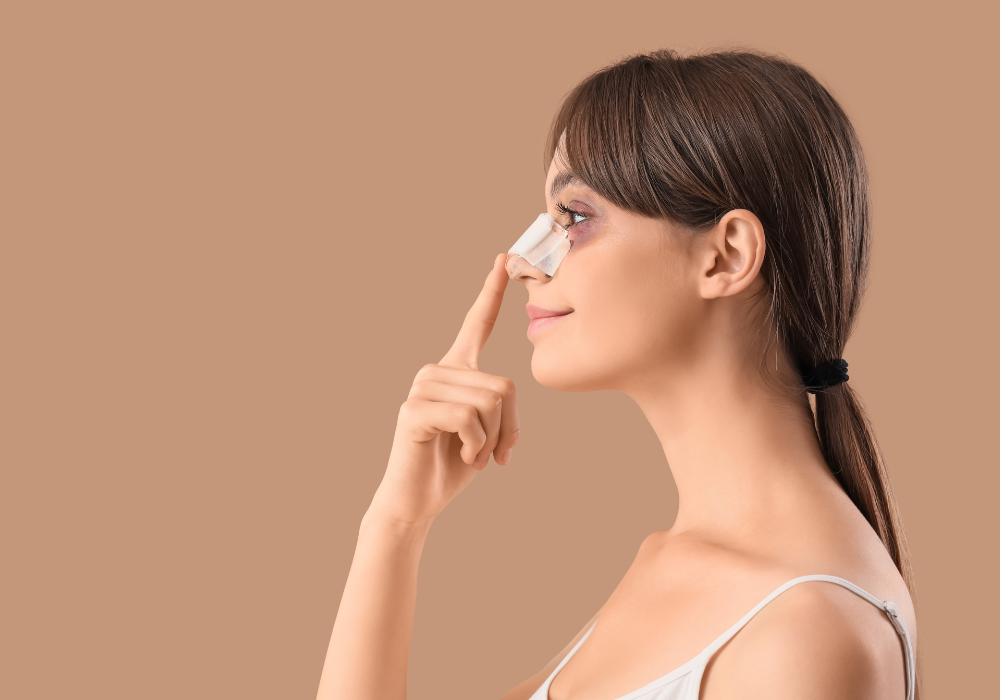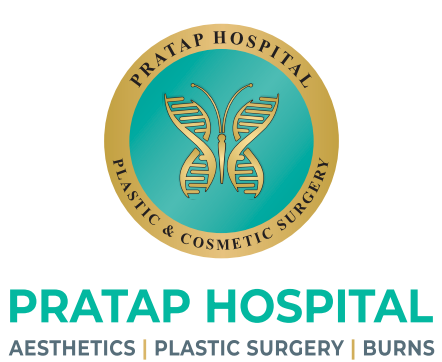
- Home
- About
- Surgical
- Non Surgical
- Burns
- Cranio-maxillofacial surgery
- Gallery
- Contact
Eyelid Reconstruction — Restoring Function, Protection & Aesthetics with Precision
At Pratap Hospital, Dr. Pratap Duggirala (M.S., M.Ch) provides advanced, high-precision Eyelid Reconstruction for patients with defects caused by trauma, tumors, burns, congenital deformities, or previous surgeries.
With 15+ years of expertise in aesthetic surgery, trauma reconstruction, microvascular techniques, and delicate facial tissue repair, he is renowned for achieving functional, natural-looking, and aesthetically refined eyelid outcomes.
Patients trust Dr. Pratap because he combines artistic precision, meticulous microsurgery, and deep anatomical understanding to restore eyelid protection, blinking mechanics, and facial harmony.
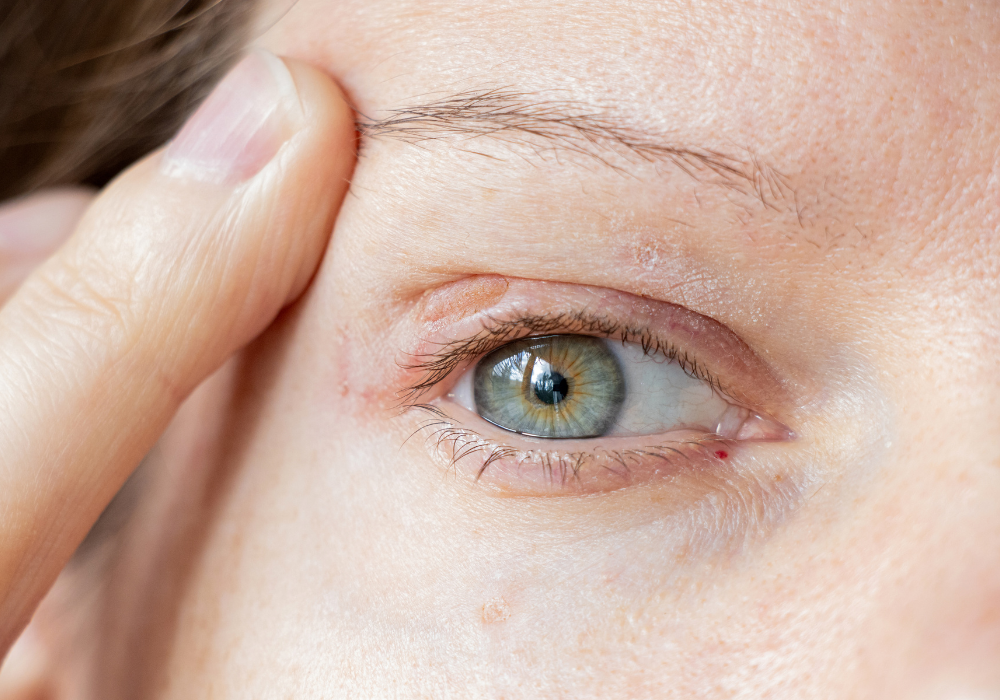
- Overview
- Why People Choose Dr. Pratap for Eyelid Reconstruction
- Pre-Surgical Evaluation
- Surgical Techniques Used
- The Surgical Process
- Frequently Asked Queries
Eyelids play a vital role in:
Protecting the eye
Lubrication & blinking
Maintaining corneal health
Aesthetic appearance of the face
Defects may result from:
Trauma or accidents
Tumor removal (basal cell carcinoma, SCC)
Burns
Congenital anomalies
Scarring
Eyelid malposition (ectropion, entropion)
Eyelid reconstruction aims to restore:
Proper eyelid closure
Symmetry
Blink reflex
Aesthetics
Corneal protection
Because eyelid skin is thin and delicate, reconstruction requires high surgical precision.
✓ Specialist in Aesthetic & Reconstructive Facial Surgery
Expert at combining function with natural cosmetic results.
✓ Precise Microsurgical Technique
Eyelid tissues (skin, muscle, cartilage, mucosa) are handled with extreme delicacy.
✓ Customized Reconstruction
Plans tailored to defect size, depth, and location.
✓ Experience in Complex Cases
Including extensive trauma, tumor-excision defects, scar deformities, and burn-related eyelid injuries.
✓ Functional & Aesthetic Excellence
Goals include:
Natural lid contour
Smooth blink motion
Eye protection
Minimal scarring
Symmetry with the opposite eye
✔ Detailed Eyelid Assessment
Size & depth of defect
Anterior and posterior lamella involvement
Lid margin damage
Canthal tendon status
✔ Ocular Health Evaluation
Corneal protection
Tear film status
Vision assessment
✔ Facial Anatomy Mapping
For flap design and matching skin texture.
✔ Reconstruction Planning
Based on:
Full-thickness vs partial-thickness defect
Medial or lateral involvement
Need for cartilage, mucosa, or tissue grafting
• Direct Closure
For small defects with good tissue elasticity.
• Local Flaps
Used for medium to large defects:
Advancement flaps
Rotation flaps
Mustardé flap
Tenzel semicircular flap
Tripier flap
• Full-Thickness Reconstruction
When both layers are missing:
Cartilage graft (septal/chonchal)
Mucosal graft (buccal/conjunctival)
Lamellar reconstruction techniques
• Free Skin Grafts
To restore the anterior surface when needed.
• Canthal Reconstruction
Repairing medial or lateral canthal tendons for lid stability.
• Post-Burn Eyelid Surgery
Correction of:
Ectropion
Contractures
Exposure keratitis risk
Dr. Pratap carefully blends both functional layers and cosmetic refinement.
Step 1: Preparation
Marking defect
Planning flap/graft
Local or general anesthesia
Step 2: Reconstruction
Layer-by-layer repair
Rebuilding lid margin
Restoring muscle continuity
Placing cartilage/grafts if needed
Matching skin tension and contour
Step 3: Fine Suturing
Ultra-fine sutures for minimal scarring and precise alignment.
Step 4: Post-Operative Care
Lubricating ointments
Eye protection
Swelling control
Step 5: Follow-Up
Suture removal
Assessment of lid movement
Scar refinement if needed
Most patients recover well within 1–2 weeks, with continued improvement over months.
1. Will the reconstructed eyelid look natural?
Yes. With careful flap design and precise suturing, the lid appears highly natural.
2. Can eyelid function return fully?
Most patients regain excellent blinking and protection, depending on defect severity.
3. Is surgery painful?
Minimal discomfort; usually performed under local anesthesia.
4. What if my defect is very large?
Complex cases are reconstructed using multi-layer techniques or flaps with excellent results.
5. Will I have visible scars?
Eyelid skin heals remarkably well, and scars often blend into natural lines.
6. Is reconstruction safe after cancer removal?
Yes, and it restores form and function immediately after tumor clearance.
Book a Consultation
If you’re considering rhinoplasty for aesthetic enhancement or breathing improvement, schedule a consultation at Pratap Hospital today.
Our team will guide you through every step — from evaluation and planning to surgery and recovery — ensuring safe, effective, and natural results.
📍 Pratap Hospital — Reconstructive, Aesthetic & Microsurgery Centre
📞 Call / WhatsApp: +91 94929 69899
📧 Email: drpratapshospital@gmail.com
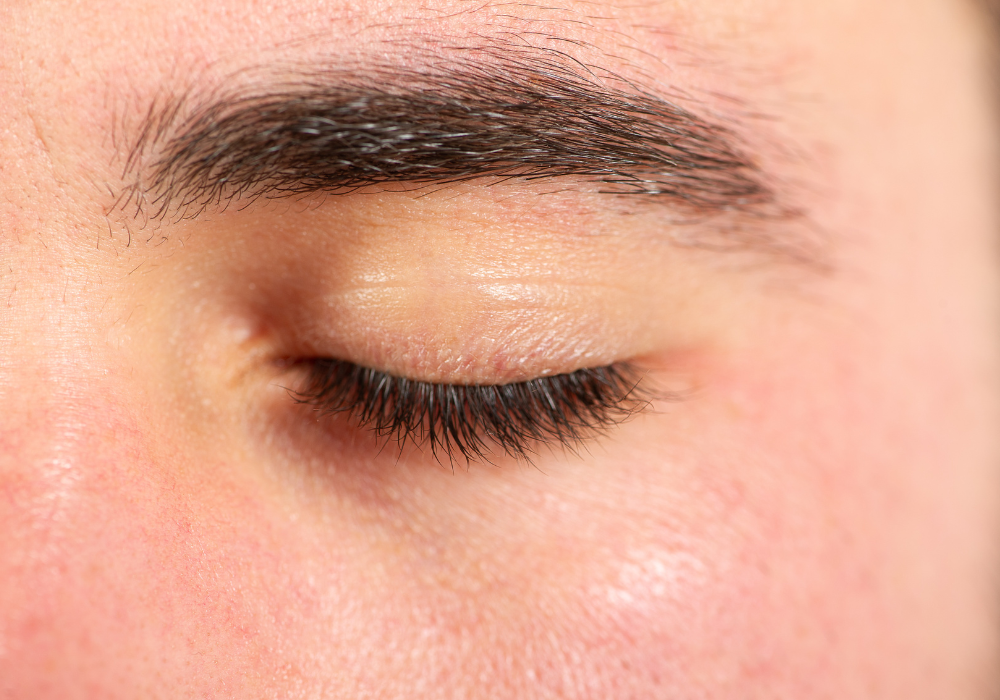
Before And After Results
